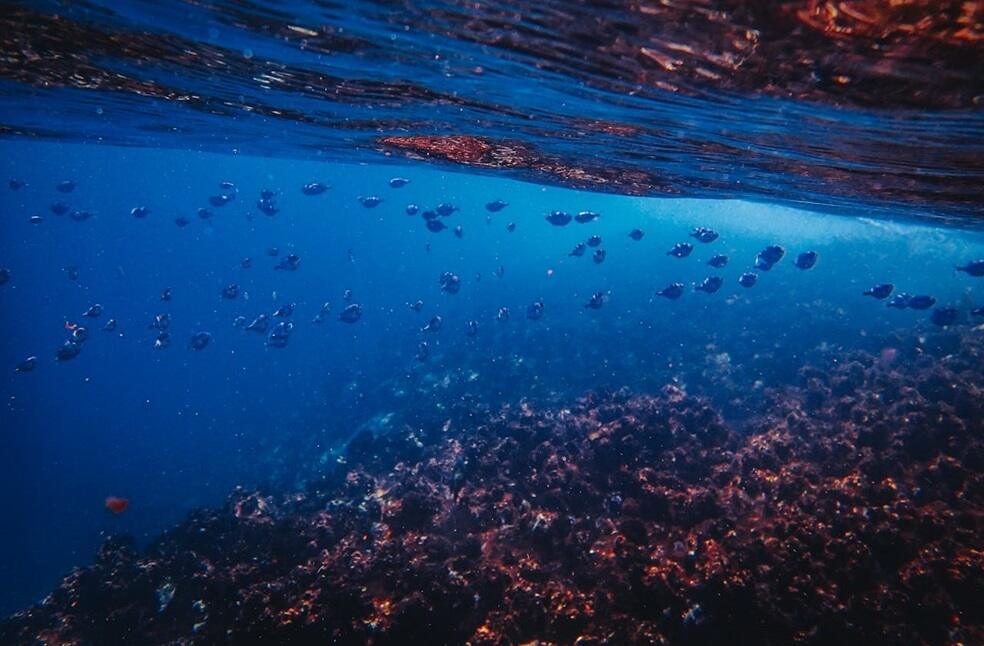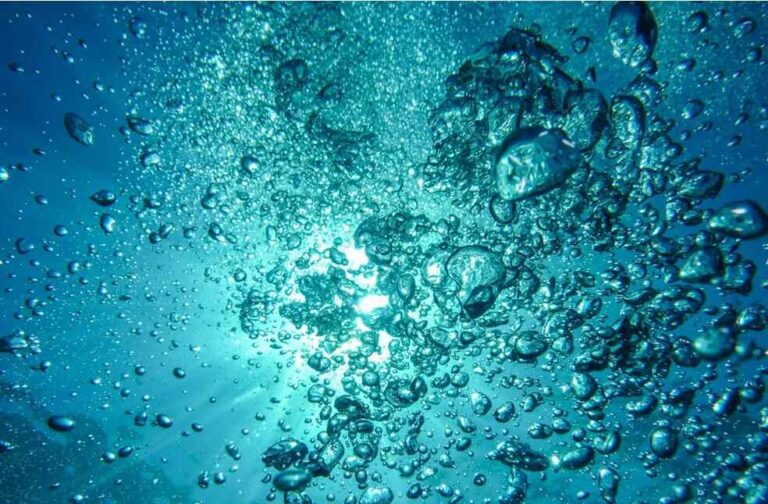Dissolved oxygen supplies in water bodies worldwide are quickly declining, and scientists consider this to be one of the biggest threats to Earth’s life support system.
Dissolved oxygen (DO) in water is necessary for healthy aquatic ecosystems, whether freshwater or marine, much as atmospheric oxygen is for animals like us.
The fact that freshwater and marine habitats provide food and money for billions of people makes it alarming that the oxygen levels in these ecosystems have been significantly and quickly dropping.

The list of “planetary boundaries,” which in its most recent iteration outlines nine domains that impose thresholds “within which humanity can continue to develop and thrive for generations to come,” is being expanded upon by a group of scientists. Among these domains is aquatic deoxygenation.
The current state of the planet’s borders includes changes in temperature, ocean acidification, stratospheric ozone depletion, disruption of the global nitrogen and phosphorus cycles, loss of biodiversity, altered land systems, aerosol loading, and chemical pollution.
A group from the US’s Rensselaer Polytechnic Institute, led by freshwater biologist Kevin Rose, is worried that this list ignores one of the planet’s most significant boundaries.

There are several reasons why the amount of dissolved oxygen in water decreases. For example, warmer waters are less able to hold on to dissolved oxygen, and surface waters are losing this essential component as long-term average air and water temperatures rise due to greenhouse gas emissions.
Aquatic life has the ability to drain dissolved oxygen more quickly than the ecosystem’s producers can restore it. Available dissolved oxygen is swiftly consumed by algal blooms and bacterial booms brought on by an inflow of organic matter and nutrients in the form of sewage, industrial waste, and fertilizers used on farms and homes.
In the worst situations, the microorganisms suffocate and die from oxygen deprivation, frequently carrying larger species with them. Oxygen-free microbial populations then proliferate on the abundance of decomposing organic matter, reaching a density that suppresses light and restricts photosynthesis, entangling the entire body of water in a stifling cycle known as eutrophication.

A rise in the density differential between the layers in the water column is another factor contributing to aquatic deoxygenation. This rise is explained by the fact that the ocean’s surface salinity is being reduced by melting glaciers and that surface waters are rising more quickly than deeper waters.
The vertical strata of undersea life depend on movement between those levels of the water column, which is reduced in the more clearly defined those layers are. In the lowest depths of aquatic environments, ventilation comes to a complete stop without the temperature-driven freight that propels oxygenated surface water downward due to density changes.
Aquatic ecosystems, many of which our species depend on for food, water, money, and well-being, have been severely impacted by all of this.
The authors of the report advocate for coordinated global efforts to monitor and study the deoxygenation of the “blue” regions of our globe, as well as governmental initiatives to avert rapid deoxygenation and the ensuing problems that we have already started to encounter.



